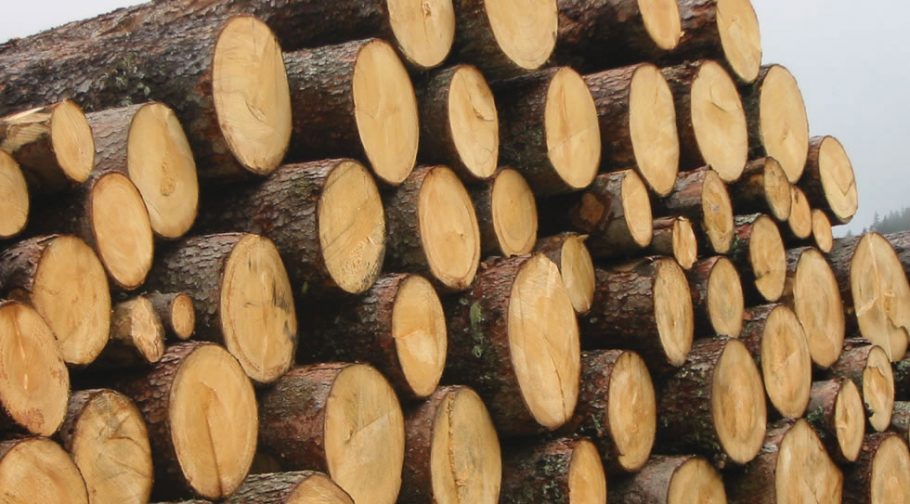
Buying garden furniture? Think Wood!
Posted on January 31, 2011
This brief look at timber and its competitors reveal that every building material has environmental impacts at every stage in the life cycle and yet a number of facts stand out:
- The perceived negative impacts of timber are primarily concerned with maintaining the resource base the forest and avoiding over extraction, just two of the seven stages. And even here the problems are frequently exaggerated and the actions taken by the industry under estimated.
- Forestry commissions and timber processors are renewing timber supply and re-planting our forests every day. In many countries, wood is the only natural resource that is increasing its reserves each year.
- Alternative materials, generally have more negative environmental impacts at virtually every stage in the life cycle. The overall picture is increasingly clear-cut.
Timber is nature's gift: Through photosynthesis, it absorbs carbon dioxide and emits life-giving oxygen; it is easily renewed and easy to extract with minimal damage in well maintained forests. It causes very few environmental problems during processing. It has one of the lowest embodied energy values and gives one of the highest levels of thermal insulation; and above all, it is natural, organic, recyclable, reusable and self bio-degradable.
Disposal
At the end of a object's life-cycle, the issue of disposal, the recovery and re-usability of materials and the environmental impacts of the final disposal process have to be considered.
Timber
- Timberhas historically been re-used, although the level of re-cycling and recovery needs improvement. All too often timber is simply burnt or buried unnecessarily. Although this has minimal environmental impact, it is a waste of material which can be re-worked for lower grade applications, chipped and re-formed or used as compost and for other uses.
- The use of timber treatments can inhibit recycling and re-use although modern preservatives pose a much reduced problem.
- Timber is extremely easy to remove, requiring few tools or energy intensive machinery.
- Timber usually has minimal or zero packaging requiring disposal.
- For final disposal, untreated timber poses possibly the lowest environmental risk. It is easily burnt and with minimal emissions and waste wood is an excellent fuel source.
- Is disposed of in land fill, untreated timber is non toxic and will simply bio-degrade over a comparatively short period.
Competitive Materials
- About 25-30% of municipal waste volume is plastic. It is not bio-degradable and will remain in its original form for half a millennium.
- There is little reported interest in plastics recycling in the UK furniture industry.
- The disposal of concrete such as concrete items is a major environmental concern, as concrete may account for 53% of the volume of disposal waste across western countries.
Today's evidence, the facts are straightforward. When you wish to choose a material with the best consequences for the environment, the solution is clear: Think Wood.